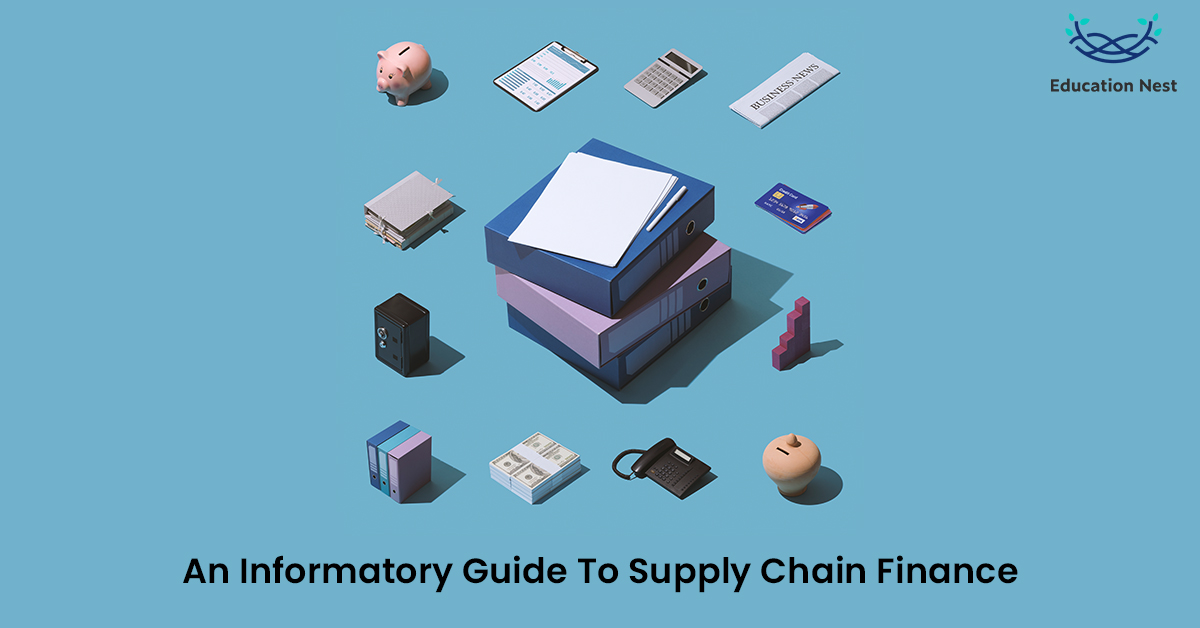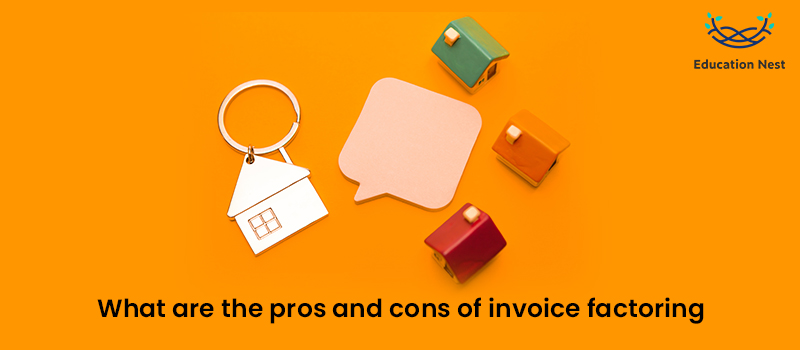
What is supply chain finance? Do you have a keen interest in learning about supply chain finance? If yes, then this blog is for you!
This blog will discuss what supply chain finance is, how it works, its benefits, and other vital aspects.
What does “supply chain finance” mean?
Regarding financing options, supply chain finance (also called supplier finance or reverse factoring) is a good choice because it lets suppliers get paid for invoices, they’ve sent out sooner than expected. Businesses can reduce the chance of problems and better use their working capital by financing the supply chain. This is good for both buyers and sellers.
In contrast to traditional receivables financing methods like factoring, supply chain financing is started by the customer, not the provider. Another big difference is that suppliers may be able to get supply chain financing with interest rates based on the buyer’s credit score instead of their own. Because of this, supply chain financing is often cheaper for suppliers than other ways to borrow money.
“Supply chain finance” is a term that can be used to describe a broader range of supplier financing options, such as “dynamic discounting,” in which the buyer pays for the program by letting providers receive early payment on bills in exchange for an early settlement discount. But more often than not, this word is used the same way as “reverse factoring.”
How does the finance for the supply chain work?
First, the buyer will make a deal with a supply chain finance provider, and then its suppliers will be asked to join the program. A single bank, financial institution, or alternative finance provider pays for some supply chain finance programs. Other programs, on the other hand, are run by technology experts using a dedicated platform and are produced by many different sources of money.
Buyers used to focus on bringing on their 20 or 50 biggest suppliers. Still, companies can now offer supply chain financing to hundreds, thousands, or even tens of thousands of suppliers across a global supply chain thanks to solutions made possible by technology. This is made possible by user-friendly platforms and streamlined supplier onboarding processes, which make it easy to bring on many suppliers quickly and with little effort.
Once a supply chain finance program is up and running, suppliers can ask for their invoices to be paid early. From there, the rest of the supply chain finance process usually goes like this:
How to finance the supply chain

- The buyer buys something from the supplier.
- The supplier sends an invoice to the buyer, who has a certain number of days to pay.
- The buyer agrees to pay the bill.
- The supplier wants the bill to be paid early.
- The funder sends money to the supplier, but a small fee is taken out.
- When the bill is due, the buyer pays the lender.
Regarding accounting, buyers who use supply chain finance programs need to ensure that supply chain finance is treated as an arrangement on the balance sheet, not as bank debt.
Supply Chain Finance Vs Factoring
In supply chain finance, the buyer starts the financing by agreeing to make an early payment in exchange for a discount. This differs from factoring, in which the supplier gives assets to a third party (called a “factor”) in exchange for advance payment. When the total amount on the invoice goes down, the buyer saves money.
The main benefit for the provider is early payment, which often comes at a lower rate than factoring. It’s an updated version of the standard “2/10 net 30” payment plan, in which the buyer uses electronic means to ask for payment before the end of the fixed payment period.
You Must Like: SFDC Meaning: A Deep Dive into What SFDC Is
What are the pros and cons of invoice factoring?

Pros
- There are easy ways to get to the nation’s capital.
- Accounts receivable are in charge of getting paid in the end.
Cons
- Your account balance is used as security.
- There’s a chance that you will get the full amount of your bill back.
What are the pros and cons of supply chain finance?
Pros
- Loans are given out through the programme without any security.
- This is an easy way to get your money back quickly.
Cons
- The business in the middle may charge a small fee.
Supply Chain Finance Example
Let’s look at a made-up situation where a supply chain finance solution is used to clarify some things.
A customer buys something from a vendor. When goods are delivered, suppliers often send invoices to buyers, assuming payment terms (like “net 30”) were set before the shipment. Because of this, the buyer would have 30 days to pay the bill.
But if the supplier wants to get paid faster on their invoices or the buyer doesn’t have the cash on hand or would rather keep it for working capital, they can use an existing supply financing solution. This is done by a third party, the financier or lender, who pays the bill right away on behalf of the buyer and then gives the buyer more time to pay, maybe up to 60 days.
This arrangement is suitable for both parties. The buyer can keep their cash for longer without hurting their relationship with the supplier, and the supplier can use more of their working capital because they get paid quickly.
To learn more about trade and supply chain finance, you can enrol in a supply chain finance course and learn about the topic in detail.

